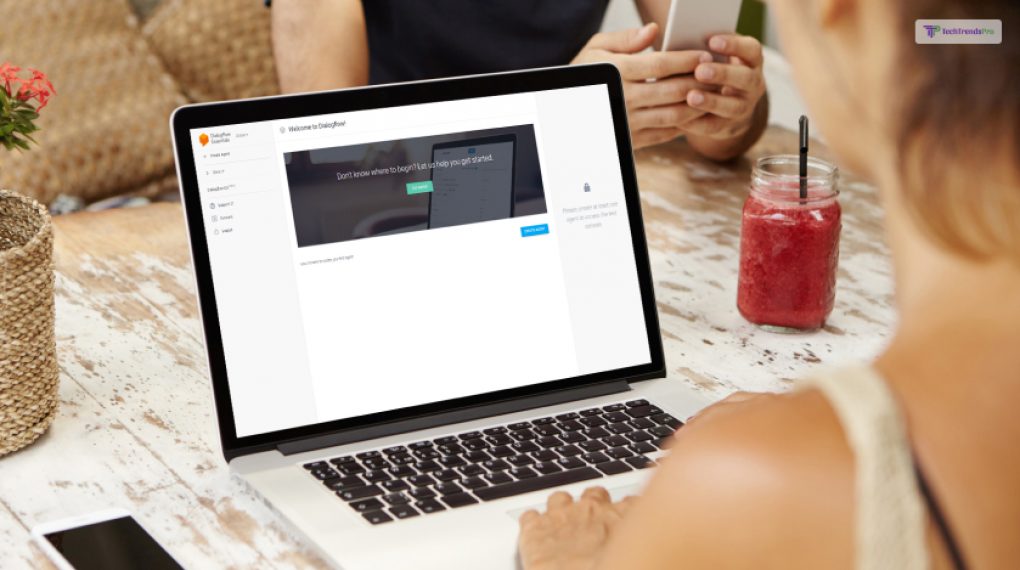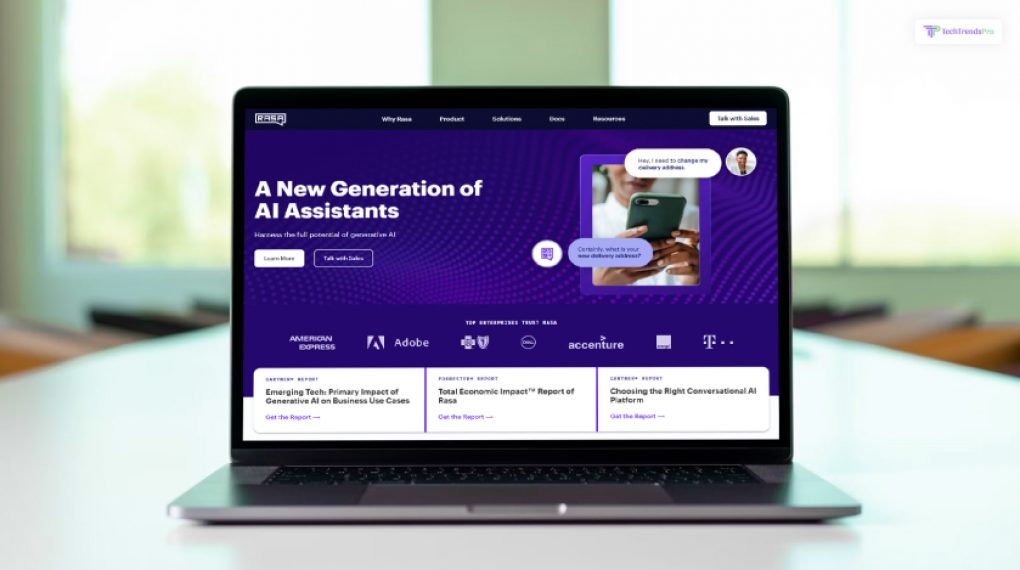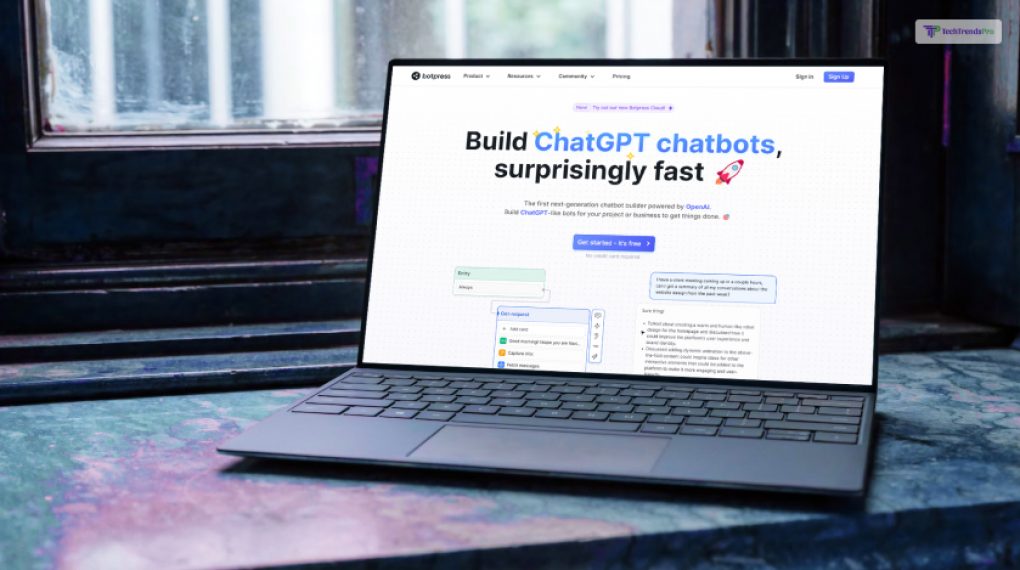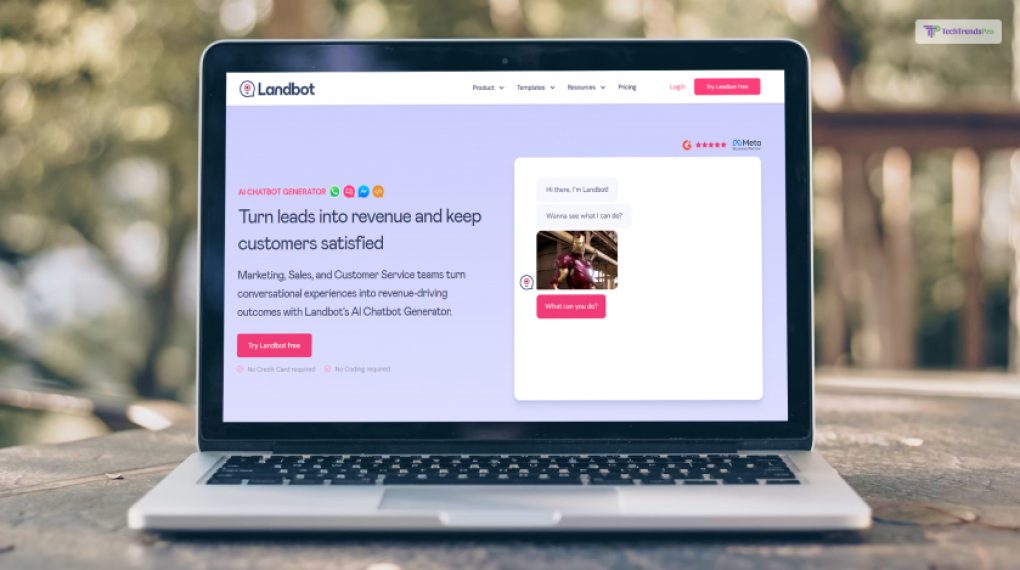
Conversational AI platforms are software tools that enable you to create and manage chatbots and voicebots. Chatbots and voicebots are applications that use natural language processing (NLP) and artificial intelligence (AI) to interact with users via text or speech. They can provide information, answer questions, perform tasks, or entertain users across various channels, such as websites, mobile apps, messaging platforms, social media, or smart speakers.
What are Conversational AI Platforms and How Do They Work?

Conversational AI platforms are designed to simplify the process of building and deploying chatbots and voicebots. They provide you with a graphical user interface (GUI) or a code editor where you can design the flow and logic of your bot, define the intents and entities of your user’s queries, and train your bot with sample data.
Some platforms also offer pre-built templates, components, or integrations that you can use to customize your bot according to your needs and preferences.
Conversational AI platforms use NLP and AI to enable your bot to understand and respond to natural language inputs from your users. NLP is the branch of AI that deals with the analysis and generation of natural language.
It consists of several subtasks, such as tokenization, stemming, lemmatization, part-of-speech tagging, named entity recognition, sentiment analysis, etc. AI is the broader field of computer science that aims to create machines or systems that can perform tasks that normally require human intelligence, such as reasoning, learning, decision making, etc.
Conversational AI platforms use various techniques and algorithms to implement NLP and AI in your bot, such as rule-based systems, machine learning, deep learning, natural language understanding (NLU), natural language generation (NLG), dialogue management, etc. These techniques and algorithms enable your bot to:
- Parse and extract the meaning and context of your user’s inputs
- Match the user’s inputs to the relevant intents and entities that you have defined
- Generate and deliver appropriate and natural responses to your user’s inputs
- Maintain and manage the state and context of the conversation
- Handle errors, ambiguities, or exceptions that may occur during the conversation
Why Do You Need Conversational AI Platforms?

Conversational AI platforms can help you build and deploy chatbots and voicebots with ease for several reasons, such as:
- They can save you time and money: Building and deploying chatbots and voicebots from scratch can be a tedious and costly process that requires a lot of coding, testing, debugging, and maintenance. Conversational AI platforms can reduce the amount of coding and technical skills required, as well as provide you with ready-made solutions and resources that can speed up the development and deployment process.
- They can improve your user experience and engagement: Chatbots and voicebots can provide your users with a more convenient, personalized, and interactive way of accessing your products, services, or information. They can also increase your user retention and loyalty, as well as generate more leads and conversions, by providing your users with timely, relevant, and consistent responses and feedback.
- They can enhance your business performance and efficiency: Chatbots and voicebots can automate and streamline various tasks and processes that would otherwise require human intervention, such as customer service, sales, marketing, booking, ordering, etc. They can also reduce the workload and costs of your human staff, as well as improve the quality and accuracy of your data and insights.
What is the Future of Conversational AI Platforms?

Conversational AI platforms are constantly evolving and improving as new technologies and innovations emerge in NLP and AI. Some of the trends and developments that are shaping the future of Artificial intelligence in case of conversational AI platforms are:
Multimodal and multilingual chatbots and voicebots
Chatbots and voicebots will be able to support multiple modes and languages of communication, such as text, speech, images, videos, emojis, etc. They will also be able to switch between modes and languages seamlessly and dynamically, depending on the user’s preferences and context.
Conversational analytics and optimization
Chatbots and voicebots will be able to collect and analyze more data and metrics about their users and conversations, such as demographics, behavior, sentiment, feedback, etc. They will also be able to use this data and metrics to optimize and improve their performance and outcomes, such as response time, accuracy, relevance, satisfaction, etc.
Conversational AI assistants and agents
Chatbots and voicebots will be able to act as more intelligent and proactive assistants and agents for their users, rather than just passive responders. They will be able to initiate and guide the conversation and perform more complex and diverse tasks and actions, such as booking, ordering, scheduling, recommending, etc.
What are the 10 Best Conversational AI Platforms?

There are many conversational AI platforms available in the market, each with its own features, benefits, and drawbacks. Here are some of the most popular and reputable ones that you can consider for your chatbot and voicebot projects:
Dialogflow

Dialogflow is a cloud-based conversational AI platform developed by Google. It allows you to build and deploy chatbots and voicebots for various platforms and devices, such as websites, mobile apps, Google Assistant, Facebook Messenger, etc. It offers a user-friendly GUI, as well as a code editor, where you can design and manage your bot’s intents, entities, contexts, fulfillment, etc. Also, it provides you with pre-built agents, integrations, and analytics tools that you can use to enhance your bot’s functionality and performance.
Rasa

Rasa is an open-source conversational AI platform that enables you to build and deploy chatbots and voicebots for any channel or platform. It gives you full control and flexibility over your bot’s architecture, data, and logic, as well as allows you to customize and extend your bot’s capabilities with your own code and libraries. It also supports various NLP and AI frameworks and tools, such as spaCy, TensorFlow, PyTorch, etc., that you can use to implement advanced NLU and NLG features in your bot.
IBM Watson Assistant

IBM Watson Assistant is a cloud-based conversational AI platform powered by IBM Watson, the leading AI technology. It enables you to build and deploy chatbots and voicebots for various channels and platforms, such as websites, mobile apps, Slack, WhatsApp, etc. It offers a GUI, as well as a code editor, where you can design and manage your bot’s intents, entities, dialogues, etc. Also, it provides you with pre-built content, integrations, and analytics tools that you can use to improve your bot’s functionality and performance.
Microsoft Bot Framework

Microsoft Bot Framework is a comprehensive conversational AI platform developed by Microsoft. It allows you to build and deploy chatbots and voicebots for various channels and platforms, such as websites, mobile apps, Skype, Teams, Cortana, etc. It offers a code editor, as well as a GUI, where you can design and manage your bot’s intents, entities, dialogs, etc. Also, it provides you with pre-built components, integrations, and analytics tools that you can use to enhance your bot’s functionality and performance.
Amazon Lex

Amazon Lex is a cloud-based conversational AI platform developed by Amazon Web Services (AWS). It enables you to build and deploy chatbots and voicebots for various channels and platforms, such as websites, mobile apps, Alexa, Facebook Messenger, etc. It offers a GUI, as well as a code editor, where you can design and manage your bot’s intents, slots, prompts, etc. Also, it provides you with pre-built templates, integrations, and analytics tools that you can use to improve your bot’s functionality and performance.
Wit.ai

Wit.ai is a cloud-based conversational AI platform acquired by Facebook. It allows you to build and deploy chatbots and voicebots for various channels and platforms, such as websites, mobile apps, Facebook Messenger, etc. It offers a GUI, as well as a code editor, where you can design and manage your bot’s intents, entities, traits, etc. Also, it provides you with pre-built components, integrations, and analytics tools that you can use to enhance your bot’s functionality and performance.
Botpress

Botpress is an open-source conversational AI platform that enables you to build and deploy chatbots and voicebots for any channel or platform. It gives you full control and flexibility over your bot’s architecture, data, and logic, as well as allowing you to customize and extend your bot’s capabilities with your own code and libraries. It also supports various NLP and AI frameworks and tools, such as spaCy, TensorFlow, PyTorch, etc., that you can use to implement advanced NLU and NLG features in your bot.
SAP Conversational AI

SAP Conversational AI is a cloud-based conversational AI platform developed by SAP. It enables you to build and deploy chatbots and voicebots for various channels and platforms, such as websites, mobile apps, Slack, WhatsApp, etc. Also, it offers a GUI, as well as a code editor, where you can design and manage your bot’s intents, entities, actions, skills, etc. It provides you with pre-built content, integrations, and analytics tools that you can use to improve your bot’s functionality and performance.
ManyChat

ManyChat is a cloud-based conversational AI platform that focuses on building and deploying chatbots for Facebook Messenger. It allows you to create and manage your bot’s flows, triggers, actions, etc. using a drag-and-drop interface. It also provides you with pre-built templates, integrations, and analytics tools that you can use to enhance your bot’s functionality and performance.
Landbot

Landbot is a cloud-based conversational AI platform that specializes in building and deploying chatbots for websites. It allows you to create and manage your bot’s flows, widgets, variables, etc. using a drag-and-drop interface. Also, it provides you with pre-built templates, integrations, and analytics tools that you can use to improve your bot’s functionality and performance.
Wrapping It Up!
Conversational AI platforms are powerful and versatile tools that can help you build and deploy chatbots and voicebots with ease. They can provide you with various benefits, such as saving time and money, improving user experience and engagement, enhancing business performance and efficiency, and preparing for the future of conversational AI.
However, conversational AI platforms are not perfect and may have some limitations, such as requiring technical skills, depending on third-party services, or lacking customization options. Therefore, you should carefully evaluate your needs and goals, as well as compare the features and prices of different conversational AI platforms, before choosing the one that suits you best.
Read Also:






